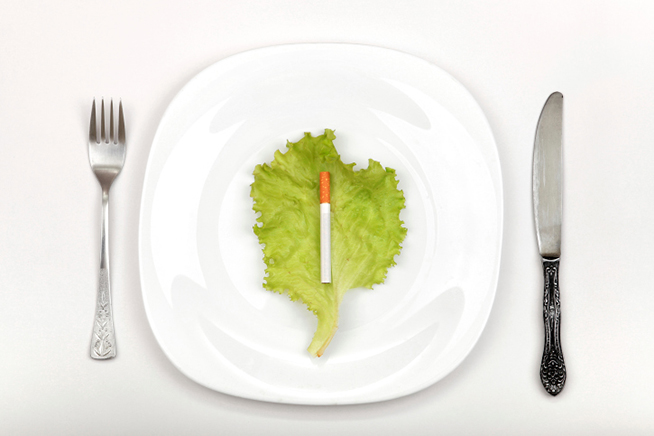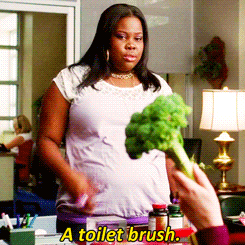In my land, we clutch green drinks to fit in and feign health between bad habits.

Sometimes I’ll even buy a green tea soy iced latte and pretend it’s chloro-filled. But in China – it just might be saving some lives from their own air. Ya know, I didn’t realize just how badly polluted Beijing was until more recently. And having never traveled there (or anywhere foreign, really), I had only my brother’s description to go on. He’d namely talk about how loud the traffic was when he’d visit and stay in hotels. So it stands to reason that if it’s that noisy, with so many cars pumping out so much carbon monoxide and crap at once – that would make for some lethal ass fumes.
Indeed, while the recommended level for fine particle concentration is meant to be no higher than 25 micrograms, the level in Beijing is… (wait for it)…over 500 micrograms. And just like in my country and numerous others, the answer is always to look at everything but fixing the actual problem (twinsies!). The city’s been dubbed “almost uninhabitable”. (I wonder if they say “almost” because people do make it their habitat – just not for very long before they die of cancer or some massive lung growth).
“Living greener” may not be part of the plan – but drinking greener just might be.
It’s not news to hear that broccoli can help prevent cancer, but sometimes I need a few numbers and stats to reinforce it. And what better way than by looking at its effect in a city with such filthy air? A magical potion made of broccoli sprouts was recently the subject of a Johns Hopkins study done in China. In the research, 300 men and women were observed. Upon guzzling the cruciferous cocktail, some major body pollutants like carcinogens and respiratory irritants were excreted from the urine en masse (about 60% and 23% respectively eliminated). While it’s believed that other ick-factors may have also been expelled, this preliminary look tracked benzenes and acroleins specifically because of their easy-to-trace nature.
But, what’s broccoli got to do with it?

Well, on a “rock, scissors, paper, lizard, spock” explanache level, it basically has one thing (glucoraphanin) that makes another thing (sulphoraphane) ask our body enzymes to do work, bitch, like Britney. And when these enzymes come to work, they break it down like Britney too – break down the pollutants, that is. Then, we can pee ‘em on out and carry on living our lives with less chance of cancer.
The only “downside” (if you can call it that) is that they think this likely only works for recent exposure to pollutants. In other words, if you’ve got the nasties hiding out like late Laden in your adipose tissue, it sounds like this’ll be as effective on fat cells as your last diet pill fail was.
On the flipside, while it might not work on the too-late stuff, it might just work on a preventative level. Because the enzymes it catalyzes have blocking properties – they can swoop in like an NBA pro, set a pick against incoming chemicals, and stop carcinogenic action in its tracks.
Furthermore – the effect does not plateau. These people living in polluted areas, kept excreting that same chemical percentage after months:
“We thought the pathway might respond initially, and then the [compounds] would wear out their welcome and the body would tune out,” a researcher at both Johns Hopkins and the University of Pittsburgh School of Medicine and an author of the study, tells The Salt. “But the effect was just as vigorous at the beginning as at the end, which suggests that over one’s lifetime, you could enhance this preventative activity in the body [with food].”
Reason enough for me!
I mean – we all gotta die, but cancer’s one of the last ways I’d like to make my grand departure (right up there with a long family road trip that culminates in me being driven slowly into the mouth of madness until I’m forced to paint the rear window with my grey matter). So, if you feel the same – start stalking the produce aisles for stalks of broccoli, my loves!
Wait. You do know what broccoli and broccoli sprouts look like, yes?















